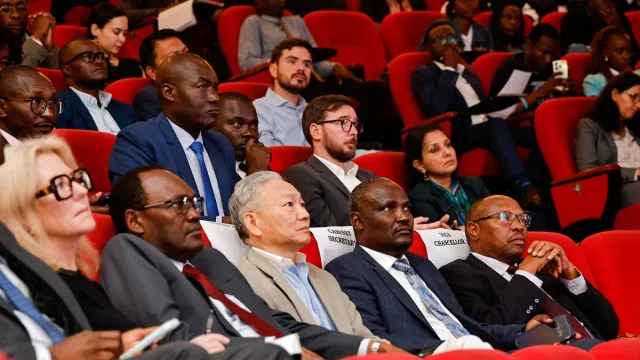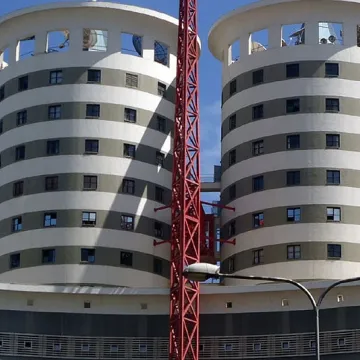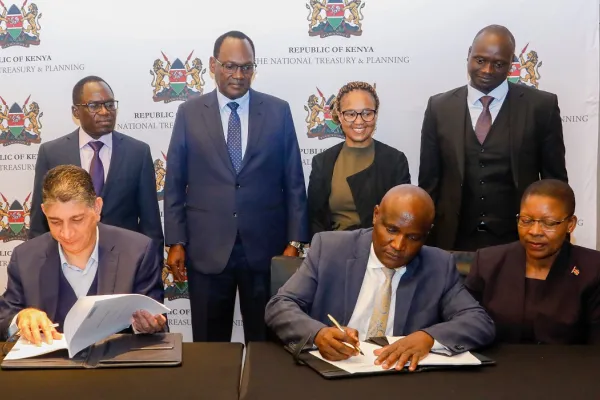Rising debt dims Kenya’s growth outlook — World Bank

Senior Kenya and World Bank officials during the release of The 2025 Kenya Economic Update & Public Finance Review report. The World Bank report projects county's GDP growth at 4.9 percent in 2026 from the current 4.5 percent and over 6 percent in 2027; an indication of a progressive resilient economy.
Kenya’s economic growth is expected to slow down in 2025, with the World Bank revising its forecast downward to 4.5 percent, signaling a potentially tough year ahead for businesses and policymakers.
In its latest Kenya Economic Update, titled “Special Focus on Poverty and Distributional Impacts of Fiscal Policy in Kenya”, the World Bank warns that mounting public debt, now at 65.5 percent of GDP, is straining government resources. Interest payments alone are projected to consume about a third of tax revenues. This is limiting the government’s ability to invest in critical development sectors.
“Public debt as a percentage of GDP has reduced but remains high, with debt-servicing costs constituting a significant portion of revenue (~38 percent) in H1 FY2024/25. Interest payments are estimated at 5.7 percent of GDP in FY2024/25, higher than the 5.3 percent incurred in FY2023/24,” reads the report in part.
The bank also warns that the economic outlook remains vulnerable to fiscal slippages, extreme weather, and external shocks. Risks include missing revenue targets, delays in reform implementation, and the growing debt burden—all of which could erode investor confidence, increase borrowing costs, and reduce funding for development projects.
“These issues could erode investor confidence, increase borrowing costs, and reduce fiscal space for development projects. Extreme weather events threaten agricultural performance and infrastructure, causing higher food prices, inflation, and increased government spending on disaster response,” the report adds.
Still, the Bank expects a gradual rebound, with real GDP projected to rise to 5.0 percent by 2026–27, supported by resilient agriculture, steady service-sector growth, and a gradual recovery in industry. This is a 0.4 percentage point downward revision from the December 2024 forecast, largely due to elevated real interest rates.
At the same time, high lending rates continue to hamper private sector activity. Private credit shrank by 1.4 percent in December 2024, with key sectors like manufacturing and finance struggling amid limited access to finance and rising non-performing loans—especially in smaller banks.
“However, lending rates are expected to decline further in 2025, while private sector credit growth is projected to recover, spurring growth in key sectors,” the Bank says.
On the external front, Kenya’s current account deficit narrowed to 3.1 percent of GDP in the 12 months to February 2025, driven by a rebound in agricultural exports, strong re-export activity, and remittance growth of 19 percent. However, tradable sectors saw mixed performance: tea and manufactured goods declined as a share of GDP, while services exports were hit by weaker travel receipts.
Despite modest macroeconomic gains, the Bank cautions that structural challenges persist—including insufficient job creation and low wages, especially among young people.
“Despite improvements in Kenya’s macroeconomic indicators, the country continues to face structural challenges, including insufficient job creation and low wages, especially among the youth,” said Qimiao Fan, the World Bank Division Director for Kenya, Rwanda, Somalia and Uganda.





